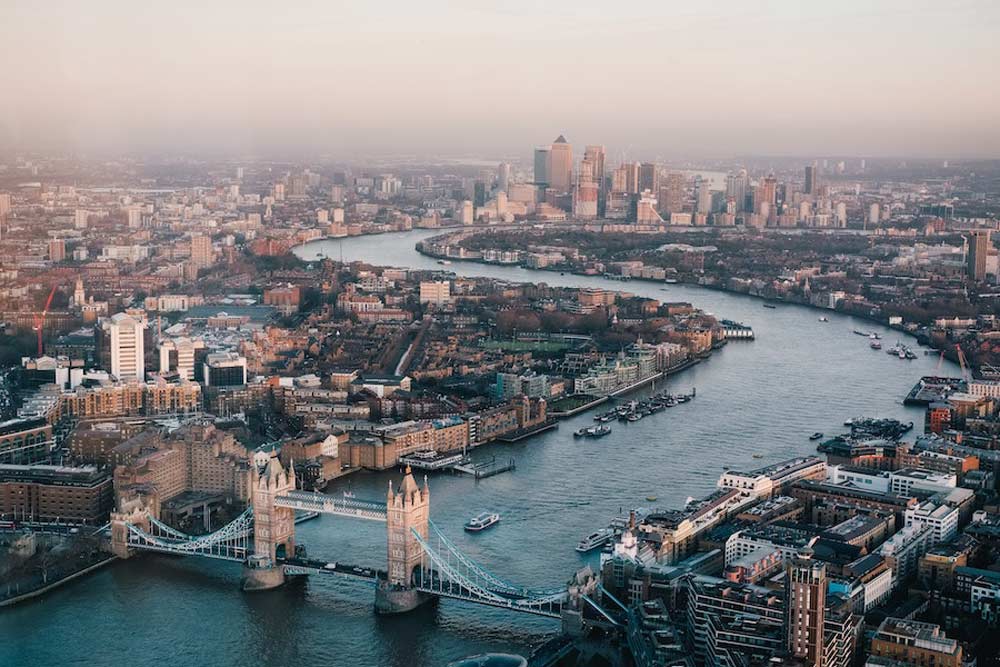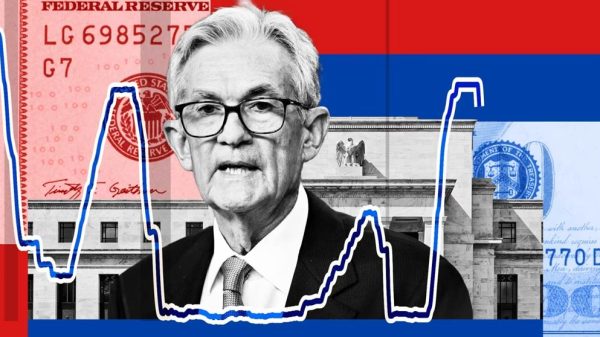The U.K.’s annual inflation rate climbed to 3.5% in April, surpassing analyst expectations of 3.3%, the Office for National Statistics (ONS) reported on Wednesday. This marks a significant rise compared to recent months when inflation appeared to be cooling, with rates of 2.8% in February and 2.6% in March.
Core Inflation Also on the Rise
Core inflation, which excludes volatile items such as energy, food, alcohol, and tobacco, increased to 3.8% in April, up from 3.4% in March. The largest contributors to the inflationary spike stemmed from housing and household services, transport, and recreation and culture. However, clothing and footwear provided a slight offset, tempering the overall rise.
The surge in inflation highlights mounting pressures on British households. Electricity, gas, and fuel prices jumped 6.7% over the year, while water and sewerage bills soared by 26.1% in April — the sharpest increase since February 1988.
Government and Economic Response
Chancellor Rachel Reeves expressed disappointment with the inflation data, acknowledging the strain on working families. Economists largely attributed the uptick to increases in the energy price cap and domestic business taxes, alongside seasonal factors such as the Easter holidays and favorable weather conditions.
The Labour government has been focused on alleviating cost-of-living pressures. However, the latest figures present a challenge to their efforts, while also raising questions for policymakers at the Bank of England (BoE).
Bank of England’s Dilemma
The Bank of England, which recently lowered its key interest rate to 4.25%, faces a complex situation. Although the central bank had anticipated a temporary inflation rise to 3.7% in the third quarter, the unexpectedly high April figure could trigger policy reevaluations.
Nicholas Hyett, investment manager at Wealth Club, noted that higher core inflation is particularly concerning for the BoE. “Two members of the Monetary Policy Committee (MPC) wanted to leave rates unchanged, and may well feel vindicated by today’s number,” he said.
While the BoE has signaled its intent to reduce inflation to its 2% target gradually, ongoing global uncertainties — including U.S. trade tariffs — may affect the pace of interest rate cuts.
Economic Growth Offers a Silver Lining
Despite inflationary pressures, there was some positive news on the economic front. Preliminary data showed that the U.K.’s GDP grew by 0.7% in the first quarter of 2025. However, economists warn that this growth may not be sustained in the second quarter, as much of the activity was driven by businesses preparing for higher taxes and potential trade tariffs.
The Road Ahead
As inflation remains a pressing concern, experts predict a noisy and uncertain period for the Bank of England. Julien Lafargue, chief market strategist at Barclays Private Bank, emphasized that while short-term distortions are likely, the overall trend for U.K. inflation appears to be downward. This could provide room for additional interest rate cuts later in the year, fostering more favorable economic conditions.











